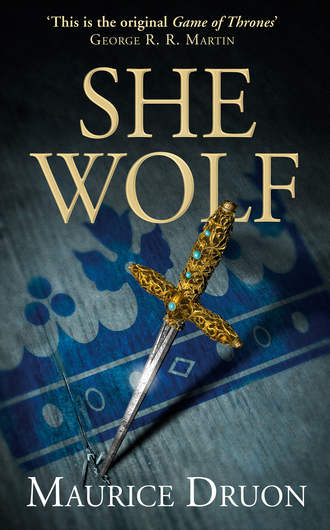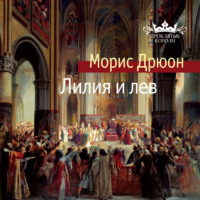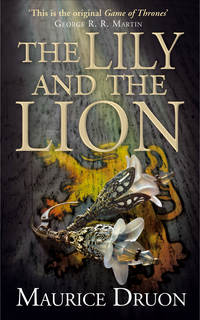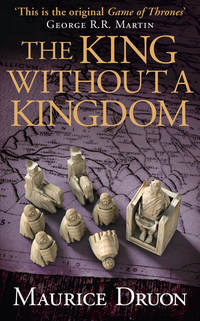The She-Wolf

Полная версия
The She-Wolf
Жанр: фэнтезиисторические любовные романыкниги о войнеисторическая литературасовременная зарубежная литературазарубежное фэнтезиисторическое фэнтезисерьезное чтениеоб истории серьезно
Язык: Английский
Год издания: 2019
Добавлена:
Настройки чтения
Размер шрифта
Высота строк
Поля
Конец ознакомительного фрагмента
Купить и скачать всю книгу









